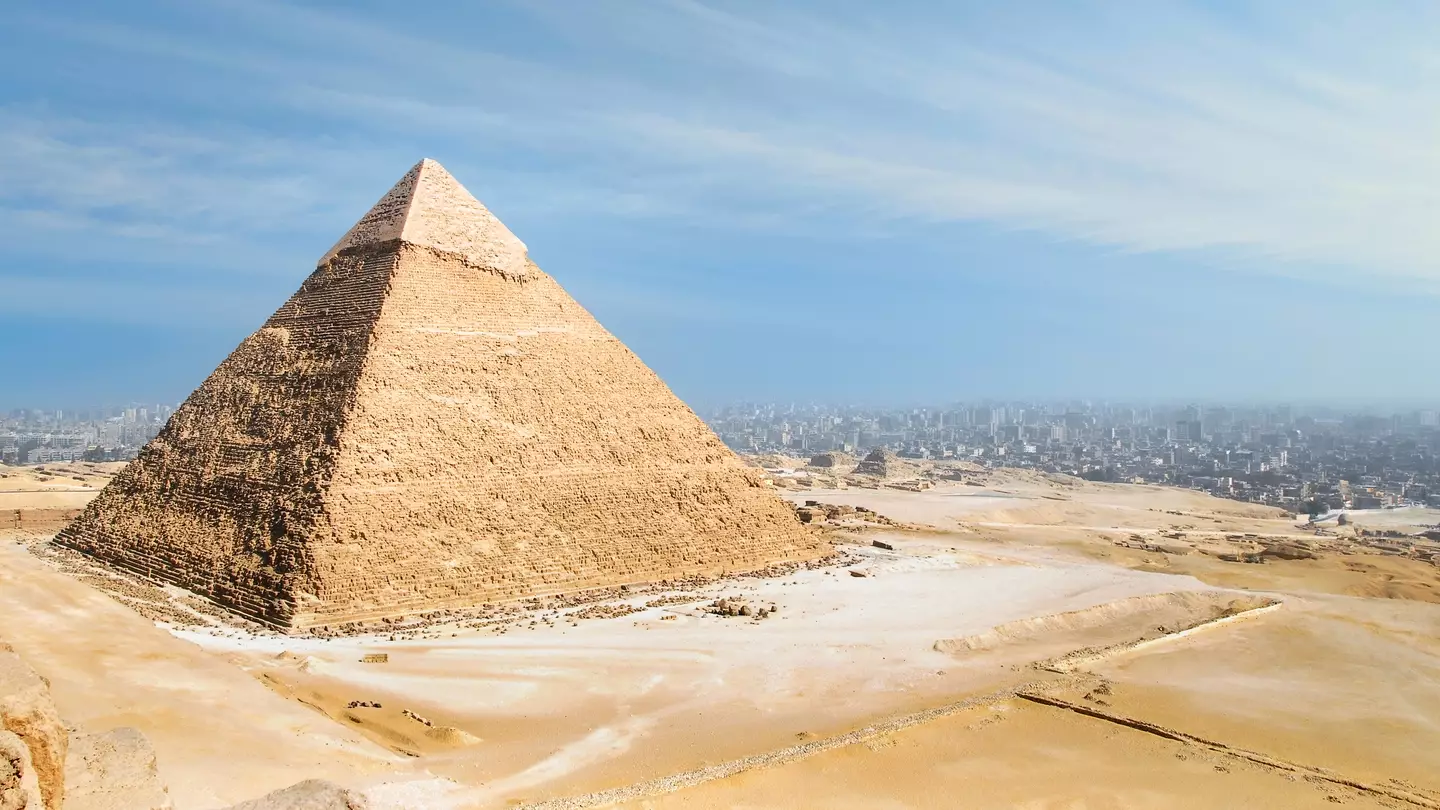
Seriously, how are construction workers still struggling to fix the potholes on my road when the ancient Egyptians were whipping up 100 odd pyramids 4,500 years ago?
It's one of Earth's great mysteries (the pyramids, not potholes on my road) and we think we now know a little more about how they were made.
According a group of archaeologists, they reckon they've figured out how those huge stone slabs were moved around the desert.

Advert
Disclaimer: there were no aliens involved, sorry.
I mean it's all a little hard to comprehend when you think The Great Pyramid consists of over 2.3 million blocks of limestone and granite – each weighing around two tons.
But scientists now believe that the ancient civilisation used a tributary of the Nile to help them haul the huge stones to the desert.
Eager to prove their theory, a group of researchers began by testing five fossilised soil samples from the Giza floodplain.
A lab in France then analysed them for pollen and vegetation commonly found around the Nile, which would prove there was once an ancient waterway.

Collecting the soil sample was intense work, as archeologists had to dig up to 9 meters (30ft) deep in order to capture thousands of years of Egypt’s history.
Amazingly though, they were able to confirm the existence of the Khufu Branch of the Nile, which carried the stone slabs to their final resting place - before it dried up in 600 BC.
The international team of researchers also discovered 61 species of plants, during the intense study.
Speaking about the discovery, environmental geographer Hader Sheisha said that it would be ‘impossible’ to build the pyramids without this tributary.
Even more incredibly, the discovery had been inspired by a piece of papyrus that was found in the Red Sea.
The parchment fragment recounts how one official, 'Merer', had to transport limestone up the Nile to a construction site in Giza.
“I was so interested because this confirms that the transport of the pyramid’s building materials were moved over water,” said Shiesha, recalling the moment to The New York Times.
While the waterway may be long gone, the study author believes that its discovery will help uncover more secrets about the pyramids – such as how they hoisted the stones up.
She told the New York Times: “Knowing more about the environment can solve part of the enigma of the pyramids’ construction.”
Hopefully, the secret doesn’t stay buried for long.
Topics: History, Ancient Egypt, Science, Environment